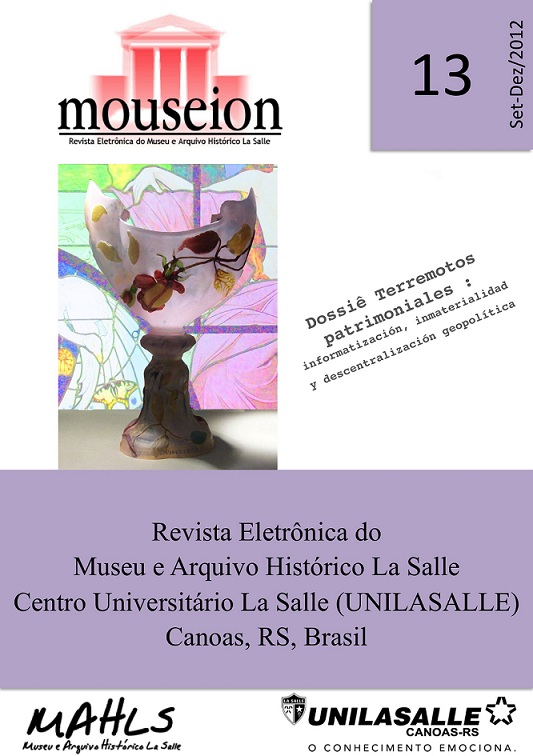Social transgression and aesthetic innovation. The political dimension of "light art" in Buenos Aires between 1989 and 1993
DOI:
https://doi.org/10.18316/688Keywords:
Artistic field of Buenos Aires, Dictatorship, Democratic transition, Kind of artists, EightiesAbstract
From 1976 to 1983, a totalitarian régime ruled in Argentina. Its repressive policies had an peculiar effect on the Buenos Aires artistic field. This period was characterized by artists’ social interactions being reduced to small groups, an arbitrary selection criteria in official institutions and a homogenization of the types of artists and the aesthetics in circulation. After a return to democracy, a process of alteration took place in Buenos Aires’s cultural field, and gradually opened up this social space, allowing the entrance of other social actors. These newcomers brought their own symbolic universes. I will analyze the different groupings of artists located in Buenos Aires during the transition towards democracy. I will approach this process of transition from dictatorship to democracy by studying the process of emergence of the artists known as “the artists of the Rojas”, which implied an opposition to the leading groups of the time.Downloads
Published
2012-12-21
Issue
Section
Dossiê
License
Authors must submit their manuscripts to be published in this journal agree with the following terms:
Authors maintain the copy rights and concede to the journal the right of first publication, with the paper simultaneously licensed under the License Creative Commons attribution that permits the sharing of the paper with recognition of authorship and initial publication in this journal.
Since the articles are presented in this journal of public access, they are of free use, with their own attributions for educational and non-commercial purposes.


